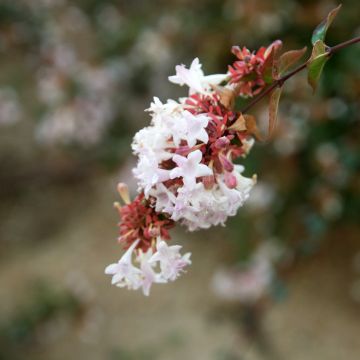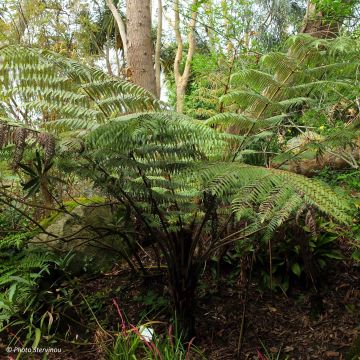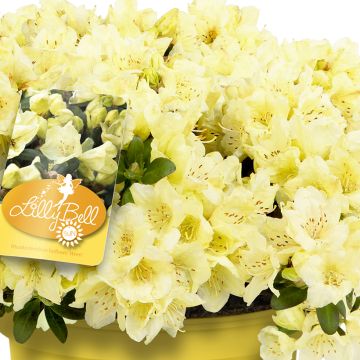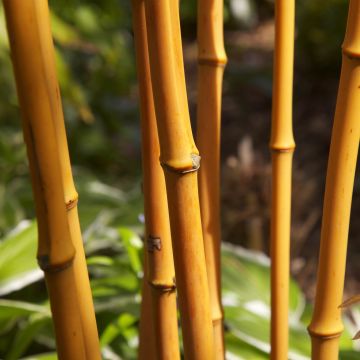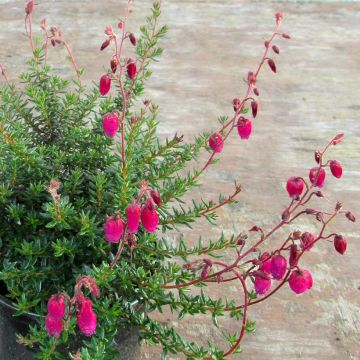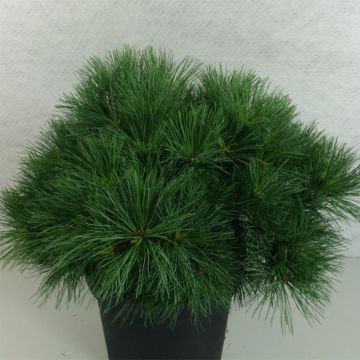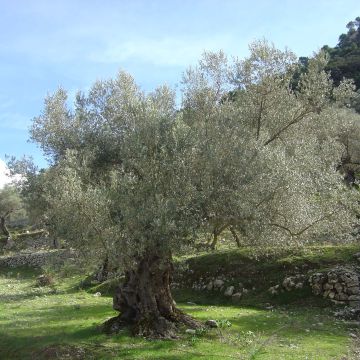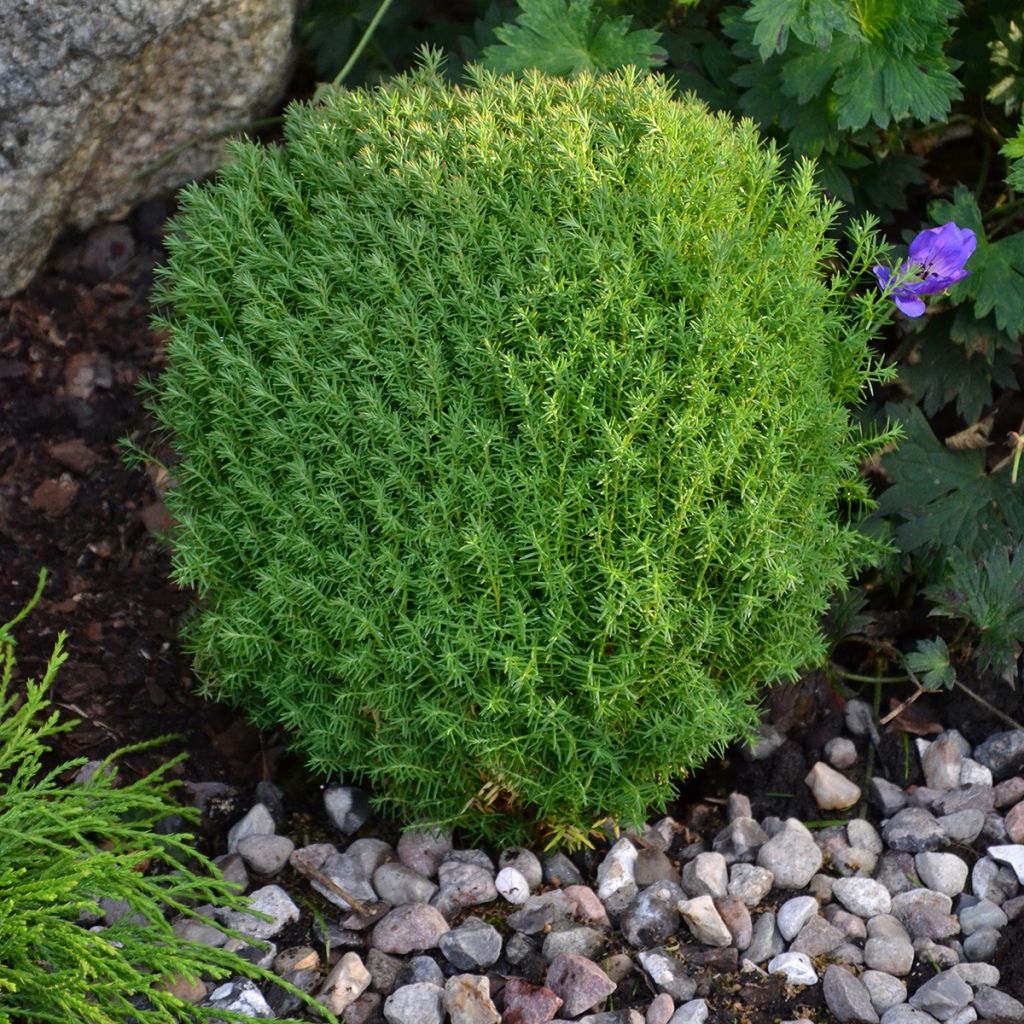

Thuja occidentalis Teddy - Canadian Arborvitae
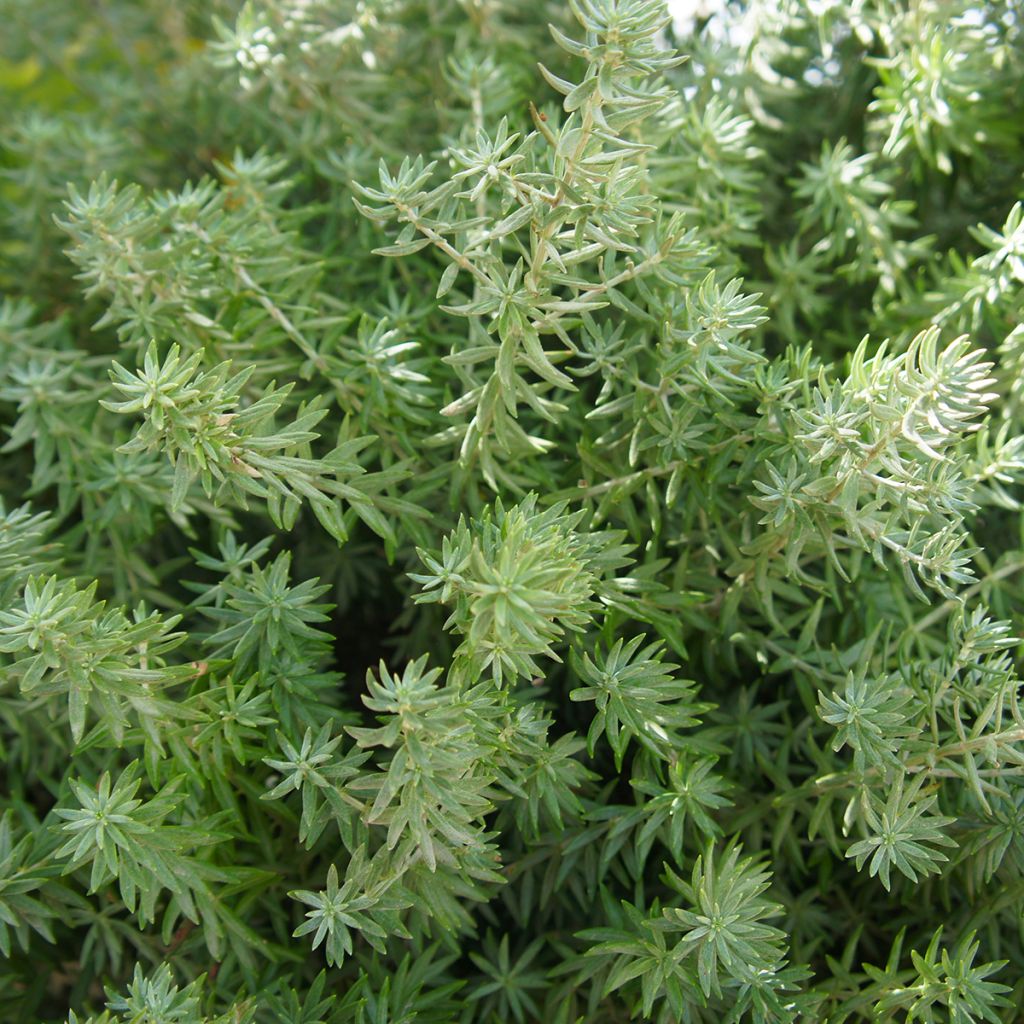

Thuja occidentalis Teddy - Canadian Arborvitae
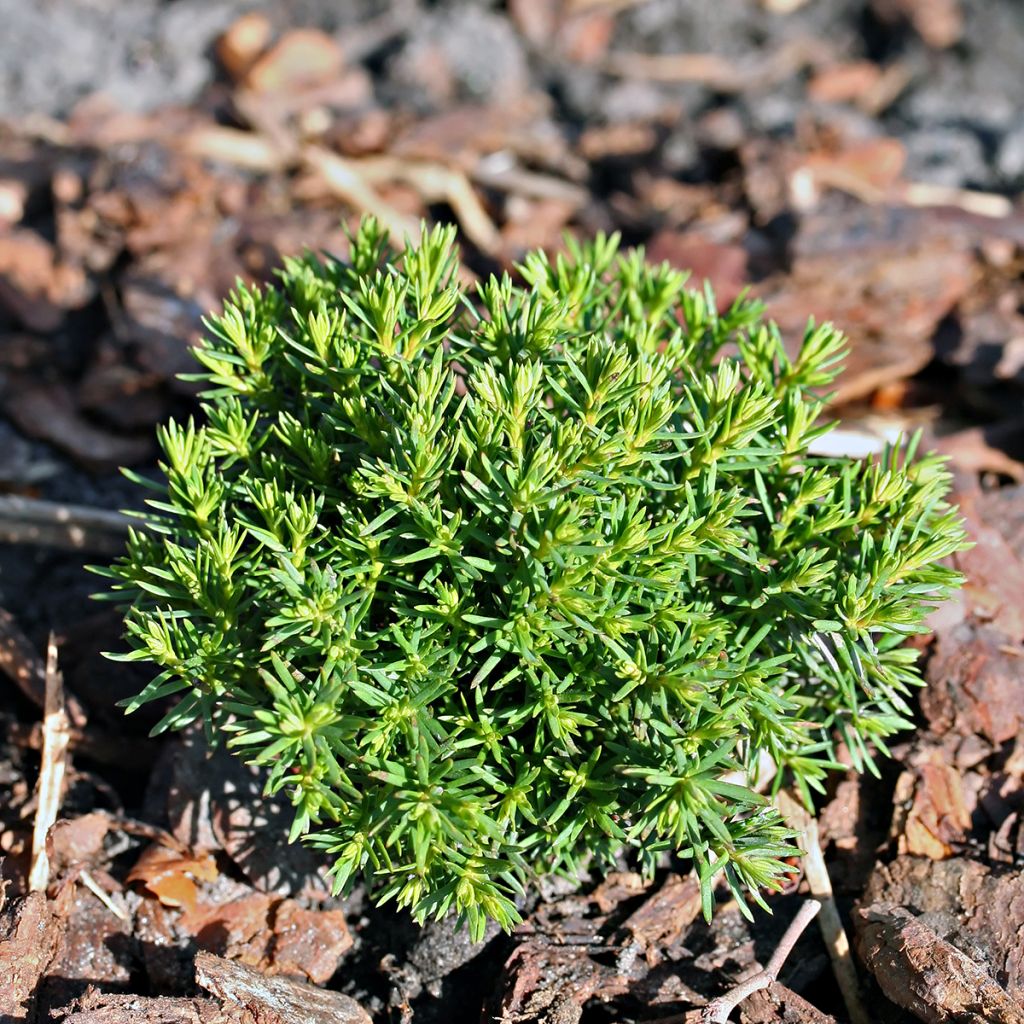

Thuja occidentalis Teddy - Canadian Arborvitae
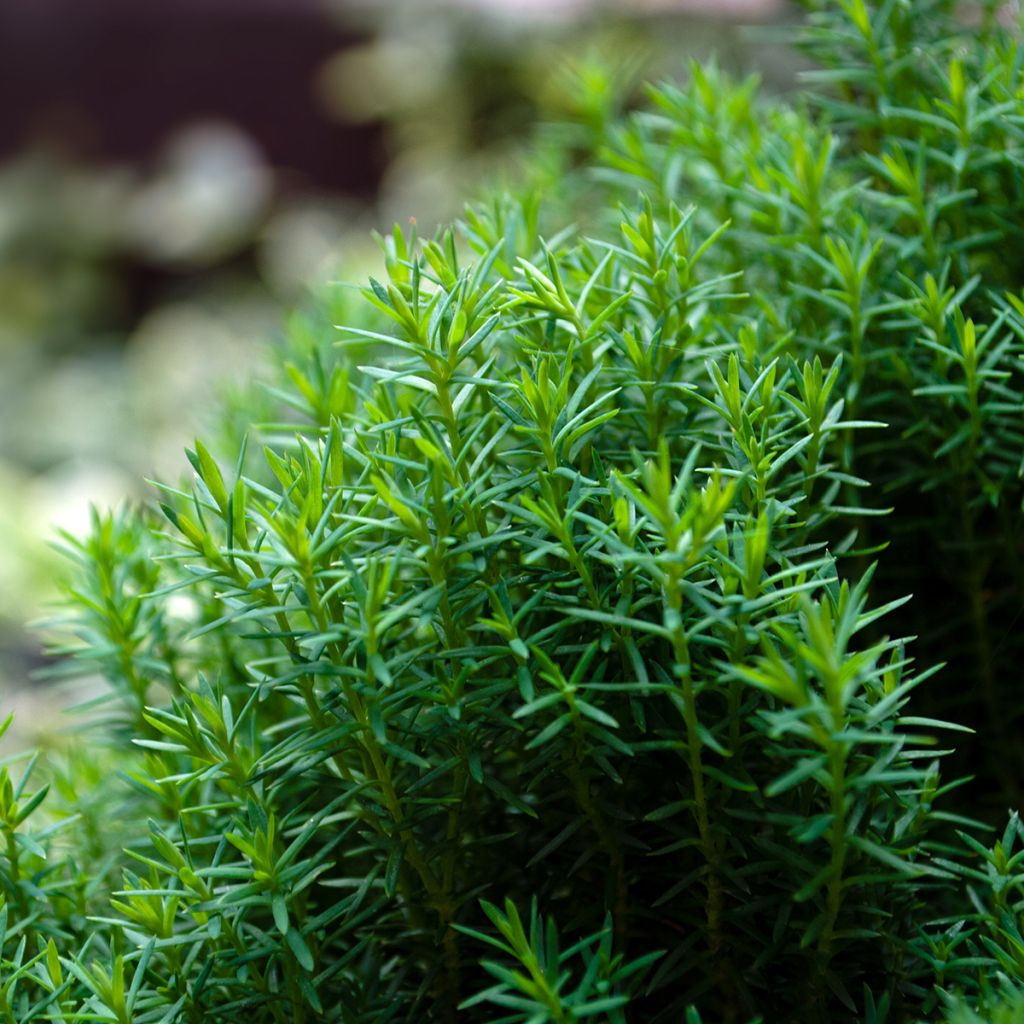

Thuja occidentalis Teddy - Canadian Arborvitae
Thuja occidentalis Teddy - Canadian Arborvitae
Thuja occidentalis Teddy
Eastern White Cedar, Northern White Cedar, American Arborvitae, Eastern Arborvitae
beautiful young plant
Isabelle, 11/10/2020
Special offer!
Receive a €20 voucher for any order over €90 (excluding delivery costs, credit notes, and plastic-free options)!
1- Add your favorite plants to your cart.
2- Once you have reached €90, confirm your order (you can even choose the delivery date!).
3- As soon as your order is shipped, you will receive an email containing your voucher code, valid for 3 months (90 days).
Your voucher is unique and can only be used once, for any order with a minimum value of €20, excluding delivery costs.
Can be combined with other current offers, non-divisible and non-refundable.
Home or relay delivery (depending on size and destination)
Schedule delivery date,
and select date in basket
This plant carries a 24 months recovery warranty
More information
We guarantee the quality of our plants for a full growing cycle, and will replace at our expense any plant that fails to recover under normal climatic and planting conditions.

Would this plant suit my garden?
Set up your Plantfit profile →
Description
The Thuja occidentalis 'Teddy' is a very endearing dwarf conifer, reminiscent of a vegetal plush toy. It forms an almost perfect, very dense and well-regulated ball, with a particularly neat appearance. Its foliage, soft to the touch, displays a beautiful dark green color that turns purplish-violet in winter. With its small size and impeccable habit, this Canadian thuja will work wonders in a rockery, as a border plant, and will make a statement in a large pot on the terrace or balcony. It is a very hardy, undemanding plant that thrives in a soft, well-drained but not too dry, even limestone soil, and in a sunny exposure.
The Thuja occidentalis, also known as the Eastern White Cedar or Northern White Cedar, is sometimes called the Canadian White Cedar or Balai. It is an evergreen conifer of the cypress family native to northeastern North America. It is distributed over a wide geographical area that perfectly reflects the plasticity of its living conditions, from swamps to cliffs, all hostile environments that discourage many other competing species. In the wild, it reaches a height of 15 to 20 m (49 to 66ft), adopting a beautiful conical habit, and a trunk covered with a very decorative, reddish-brown, peeling bark. It is a very hardy species, well adapted to temperate climates and poor, wet or occasionally dry soils. Its almost rot-proof, light, fragrant and easily flammable wood lends itself to many uses. It has given rise to more than 300 cultivars that have been selected for their ornamental qualities.
Derived from this species, the 'Teddy' variety is a seedling of the 'Kobold' variety, discovered by a German breeder in the 1950s. It is distinguished by its very small size, its particularly regular globular habit, very compact, slightly taller than wide, and its foliage in fine branchlets, with changing colors. Its growth is slow, so that at the age of about 10 years it will reach a height of 40 cm (16in) and a diameter of 30 cm (12in). At maturity, it will reach about 90 cm (35in) in height and 60 cm (24in) in spread. Like all thuja, it has an aromatic foliage when crushed. It is branched and dense, made up of very flexible branches, with multiple branchlets covered with leaves that retain their juvenile characteristics. They are needle-shaped, giving the branches a slightly unkempt appearance. The foliage is very soft, intense dark green from spring to autumn, and then takes on a sumptuous purplish hue with the first cold weather.
The 'Teddy' Western Thuja, with its exceptional ornamental qualities and ease of cultivation, deserves to be planted more frequently. Easy to grow in well-drained soil, it adapts to everything except dense shade and waterlogged or excessively dry soils. Its mischievous mushroom-like silhouette, full of gentleness, is destined to enhance any setting, whether in a border with low-maintenance shrubs such as cotoneaster or rosemary, in a sunny rockery, or even in a low hedge. It will be wholeheartedly adopted in a small garden, on a slope, among rocks, above a wall or ledge, or near a swimming pool, as it blends well with geometric lines and masonry structures. The graphic qualities of conifers naturally impose themselves in the design of a contemporary garden, which prefers the aesthetics of shapes, silhouettes, and textures over the dance of flowers. These plants, with their reassuring permanence, structurally enhance a flowerbed, mark pathways, adorn the terrace, easily replacing the strong presence of trimmed boxwood or holly. They go well with wild-looking grasses, with a complementary temperament. The key is to play with volumes and colors.
Report an error about the product description
Thuja occidentalis Teddy - Canadian Arborvitae in pictures
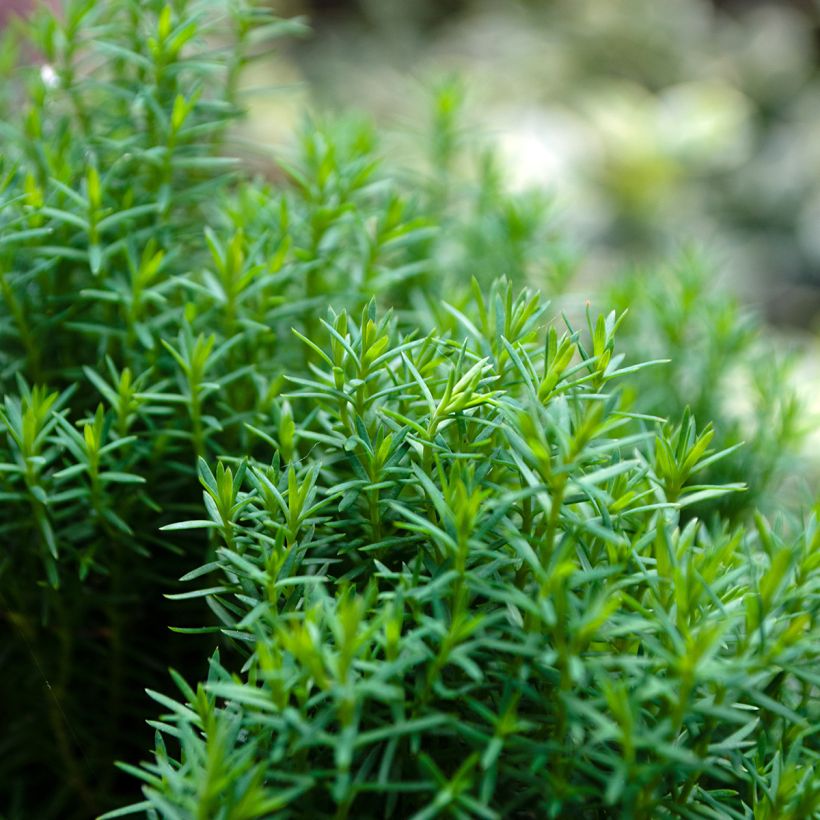

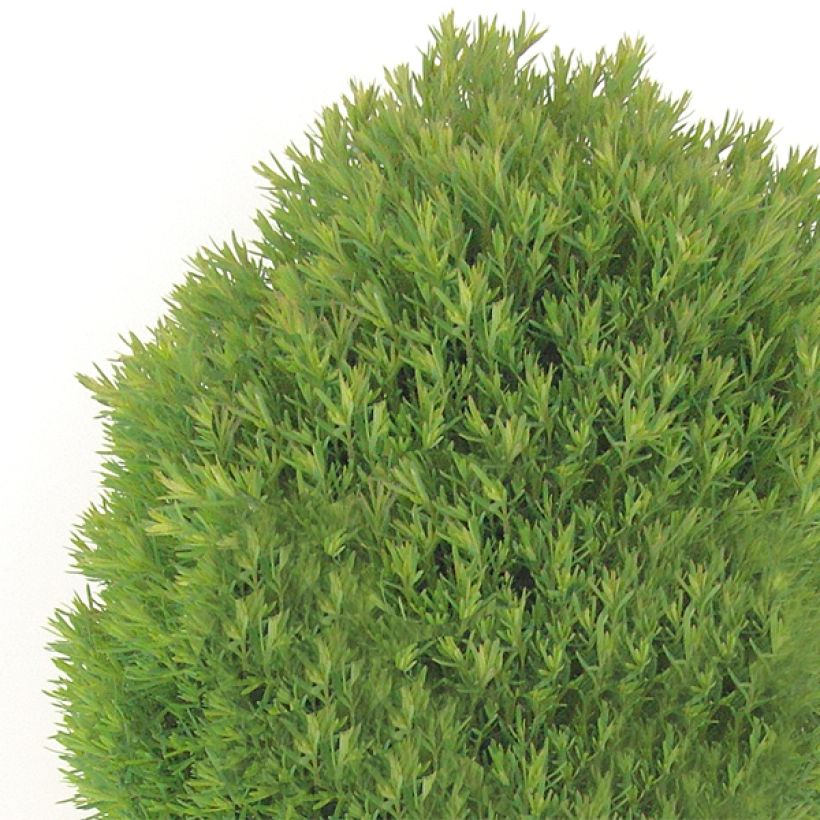

Plant habit
Foliage
Botanical data
Thuja
occidentalis
Teddy
Cupressaceae
Eastern White Cedar, Northern White Cedar, American Arborvitae, Eastern Arborvitae
Cultivar or hybrid
Planting and care
The Thuja occidentalis 'Teddy' is planted from September to November and from February to June in deep, ordinary, but loose and not too heavy soil, neutral or even limestone, not too dry to moist. It prefers loamy, slightly limestone soils. It only fears scorching temperatures and prolonged drought, although it tolerates occasional summer drought once well established. However, it requires a sunny exposure (or partial shade in hot climates) to develop well. Soak the roots well before planting. Optionally, add organic amendment to the planting and water generously in the first few years, and in case of prolonged drought. In very poor soil, you can apply a special conifer fertilizer every year in April and cultivate the soil in summer. This hardy conifer (up to -25°C (1°F) at least) does not require pruning to maintain its regular habit.
Planting period
Intended location
Care
-
, onOrder confirmed
Reply from on Promesse de fleurs
Similar products
Haven't found what you were looking for?
Hardiness is the lowest winter temperature a plant can endure without suffering serious damage or even dying. However, hardiness is affected by location (a sheltered area, such as a patio), protection (winter cover) and soil type (hardiness is improved by well-drained soil).

Photo Sharing Terms & Conditions
In order to encourage gardeners to interact and share their experiences, Promesse de fleurs offers various media enabling content to be uploaded onto its Site - in particular via the ‘Photo sharing’ module.
The User agrees to refrain from:
- Posting any content that is illegal, prejudicial, insulting, racist, inciteful to hatred, revisionist, contrary to public decency, that infringes on privacy or on the privacy rights of third parties, in particular the publicity rights of persons and goods, intellectual property rights, or the right to privacy.
- Submitting content on behalf of a third party;
- Impersonate the identity of a third party and/or publish any personal information about a third party;
In general, the User undertakes to refrain from any unethical behaviour.
All Content (in particular text, comments, files, images, photos, videos, creative works, etc.), which may be subject to property or intellectual property rights, image or other private rights, shall remain the property of the User, subject to the limited rights granted by the terms of the licence granted by Promesse de fleurs as stated below. Users are at liberty to publish or not to publish such Content on the Site, notably via the ‘Photo Sharing’ facility, and accept that this Content shall be made public and freely accessible, notably on the Internet.
Users further acknowledge, undertake to have ,and guarantee that they hold all necessary rights and permissions to publish such material on the Site, in particular with regard to the legislation in force pertaining to any privacy, property, intellectual property, image, or contractual rights, or rights of any other nature. By publishing such Content on the Site, Users acknowledge accepting full liability as publishers of the Content within the meaning of the law, and grant Promesse de fleurs, free of charge, an inclusive, worldwide licence for the said Content for the entire duration of its publication, including all reproduction, representation, up/downloading, displaying, performing, transmission, and storage rights.
Users also grant permission for their name to be linked to the Content and accept that this link may not always be made available.
By engaging in posting material, Users consent to their Content becoming automatically accessible on the Internet, in particular on other sites and/or blogs and/or web pages of the Promesse de fleurs site, including in particular social pages and the Promesse de fleurs catalogue.
Users may secure the removal of entrusted content free of charge by issuing a simple request via our contact form.
The flowering period indicated on our website applies to countries and regions located in USDA zone 8 (France, the United Kingdom, Ireland, the Netherlands, etc.)
It will vary according to where you live:
- In zones 9 to 10 (Italy, Spain, Greece, etc.), flowering will occur about 2 to 4 weeks earlier.
- In zones 6 to 7 (Germany, Poland, Slovenia, and lower mountainous regions), flowering will be delayed by 2 to 3 weeks.
- In zone 5 (Central Europe, Scandinavia), blooming will be delayed by 3 to 5 weeks.
In temperate climates, pruning of spring-flowering shrubs (forsythia, spireas, etc.) should be done just after flowering.
Pruning of summer-flowering shrubs (Indian Lilac, Perovskia, etc.) can be done in winter or spring.
In cold regions as well as with frost-sensitive plants, avoid pruning too early when severe frosts may still occur.
The planting period indicated on our website applies to countries and regions located in USDA zone 8 (France, United Kingdom, Ireland, Netherlands).
It will vary according to where you live:
- In Mediterranean zones (Marseille, Madrid, Milan, etc.), autumn and winter are the best planting periods.
- In continental zones (Strasbourg, Munich, Vienna, etc.), delay planting by 2 to 3 weeks in spring and bring it forward by 2 to 4 weeks in autumn.
- In mountainous regions (the Alps, Pyrenees, Carpathians, etc.), it is best to plant in late spring (May-June) or late summer (August-September).
The harvesting period indicated on our website applies to countries and regions in USDA zone 8 (France, England, Ireland, the Netherlands).
In colder areas (Scandinavia, Poland, Austria...) fruit and vegetable harvests are likely to be delayed by 3-4 weeks.
In warmer areas (Italy, Spain, Greece, etc.), harvesting will probably take place earlier, depending on weather conditions.
The sowing periods indicated on our website apply to countries and regions within USDA Zone 8 (France, UK, Ireland, Netherlands).
In colder areas (Scandinavia, Poland, Austria...), delay any outdoor sowing by 3-4 weeks, or sow under glass.
In warmer climes (Italy, Spain, Greece, etc.), bring outdoor sowing forward by a few weeks.


































